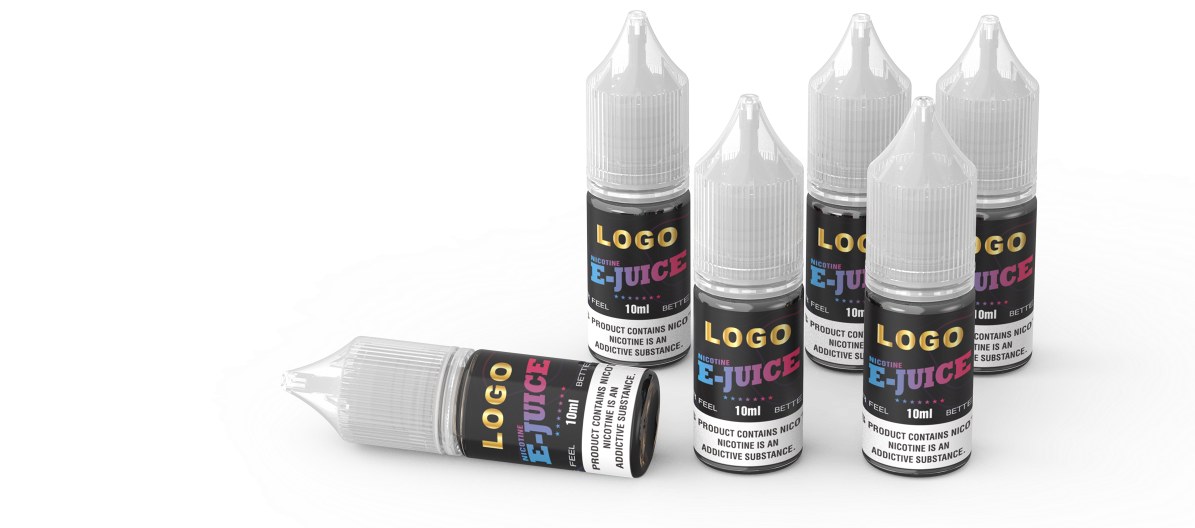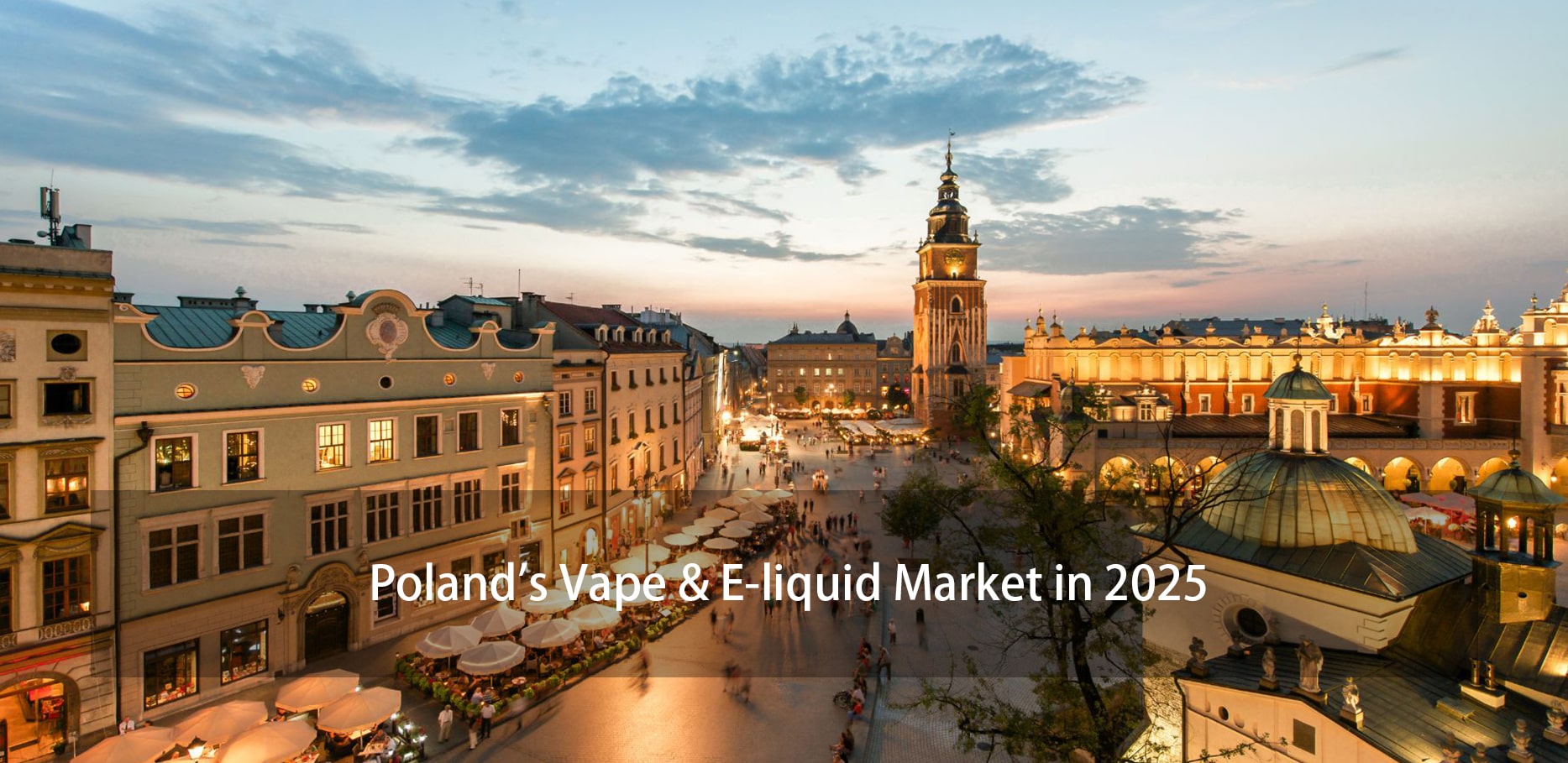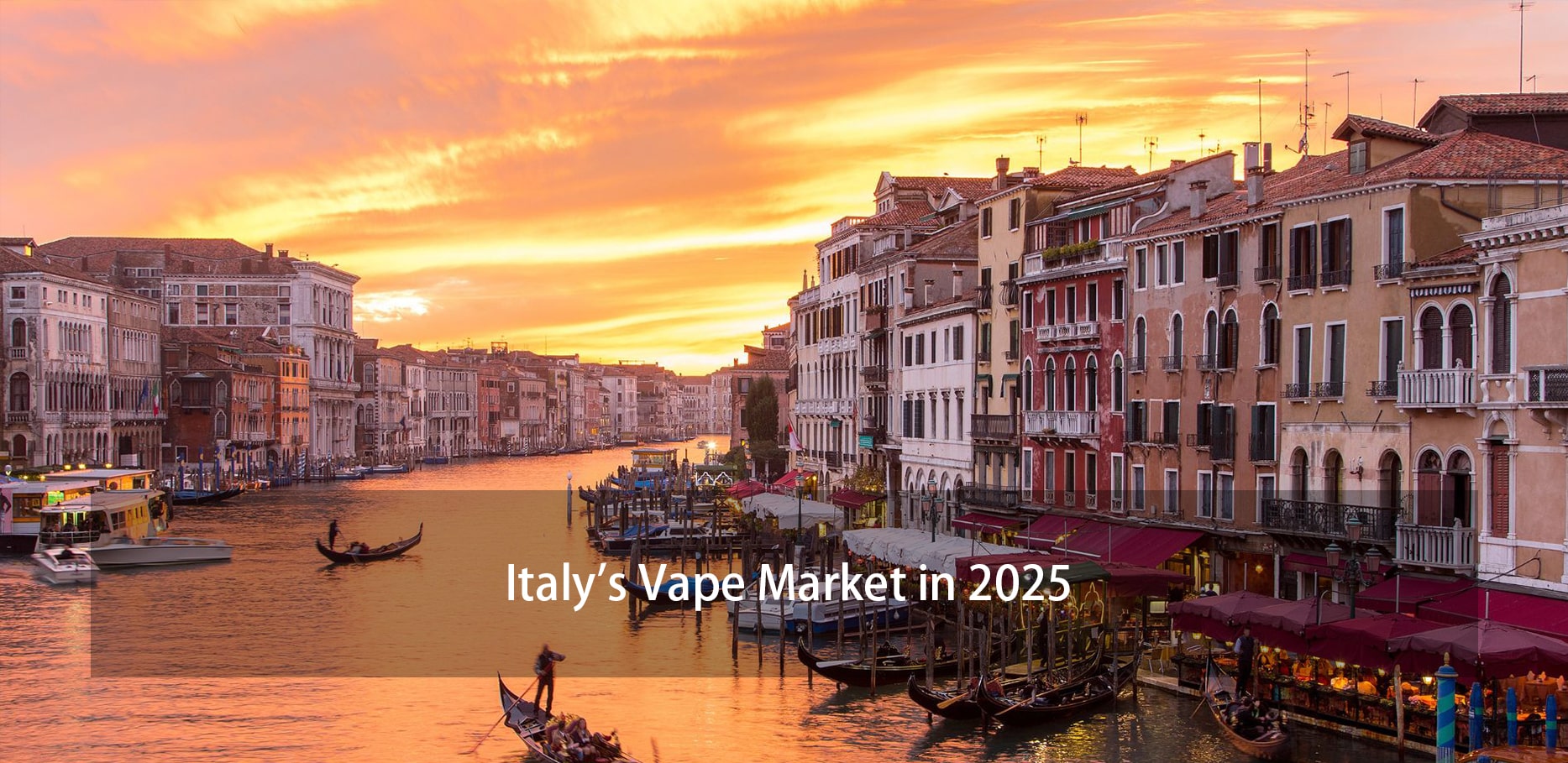Russia's Vape Market 2025: What You Need to Know
Russia vape market, Russian e-cigarette regulations, disposable vapes Russia, vape laws 2025, e-liquid manufacturing Russia, vape industry trends
2025-03-13
2025-03-13
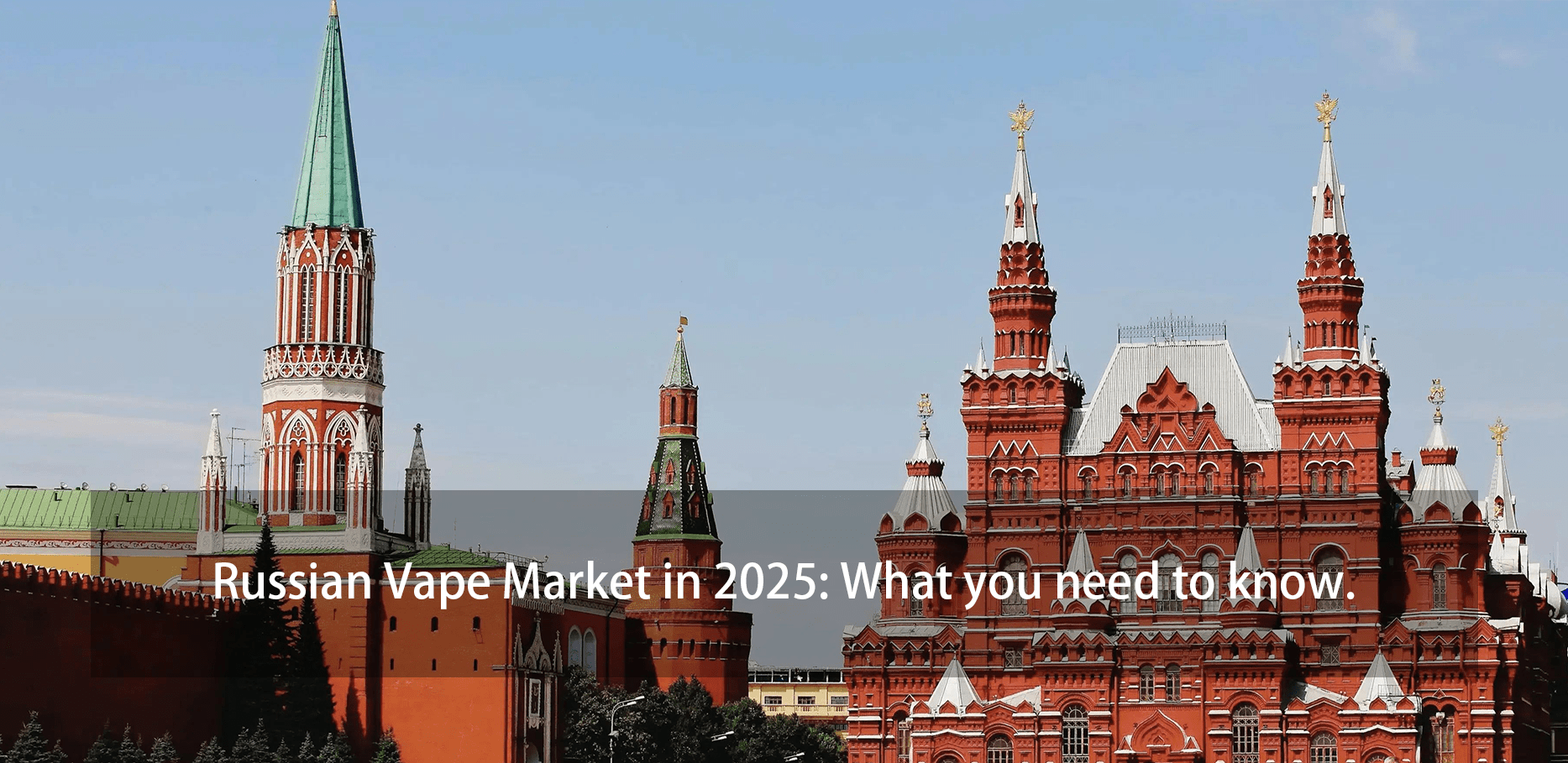
The Russian vape market is undergoing a significant transformation as new regulations aim to curtail the previously dominant black-market operations and promote legal compliance.
For years, Russia's vape industry thrived on low prices and minimal oversight, allowing the black market to flourish. But now, with strict new regulations, the industry faces a dramatic shift.
Most vape products, especially disposables, were brought into Russia through unofficial channels, making them cheap and easily accessible. Brands like HQD became so prevalent that disposables were colloquially termed "HQD-shki." Other major international brands, such as Elf Bar, Lost Mary, and Funky Land, also held significant market shares.
Domestic brands like Plonq, DUFT, and Husky have gained popularity, though many still rely on Chinese manufacturing due to technological and expertise gaps in local production.

Regulatory Overhaul and Its Implications
Starting January 1, 2025, Russia has implemented stringent regulations to restructure the vape industry:
Excise Taxation: E-liquids are now taxed at RUB 44 (€0.40) per ml, and nicotine raw materials at RUB 2.20 (€0.02) per mg.
Minimum Pricing: The government has established the following minimum prices for e-liquids:
RUB 80 (€0.74) per ml for cartridges or capsules.
RUB 63 (€0.58) per ml for bottled e-liquids.
RUB 106 (€0.98) per ml for disposables.
Strict Enforcement: If a single illegally imported vape is found in a store’s inventory, authorities can confiscate the entire stock.
These measures are expected to double the prices of disposable vapes, making legal compliance more financially viable while reducing black-market profitability. At the same time, this shift creates new opportunities for regulated businesses, especially in OEM e-liquid manufacturing, as companies seek legal ways to stay competitive.
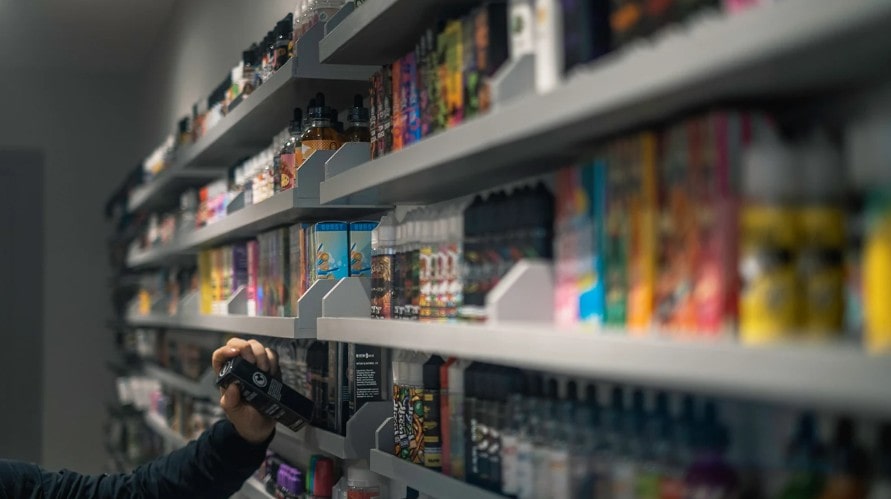
Market Dynamics and Consumer Behavior
The enforcement of these regulations is anticipated to reshape the market landscape:
Legal Compliance: Major players will adapt by securing necessary licenses, while smaller retailers may struggle with increased costs.
Black Market Persistence: While the black market may diminish, some vendors may shift sales to online platforms like Telegram.
Consumer Shift: Higher prices for disposables may drive consumers toward refillable pod systems and bottled e-liquids, creating new opportunities for white label e-liquid solutions.
Domestic Production and Future Prospects
Russia’s domestic production capabilities are still developing, and it faces challenges in technology, ingredient sourcing, and expertise. However, the regulatory shift opens avenues for high-quality Russian brands to emerge, potentially reducing reliance on imports.
As the market transitions, brands have an opportunity to capitalize by creating legally compliant e-liquid products. Now is the perfect time for companies to partner with an OEM e-liquid manufacturing to develop high-quality, compliant products that stand out in the market. Success in this evolving industry will come to those who adapt quickly and seize new opportunities.
